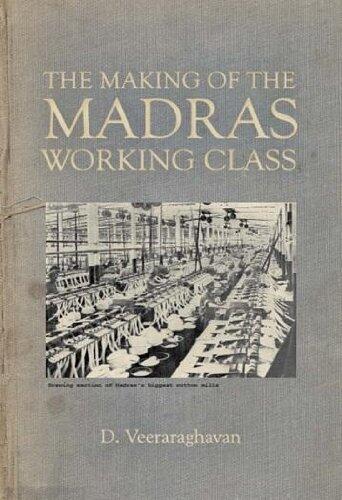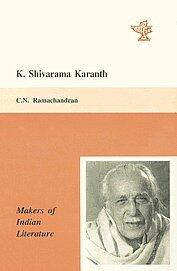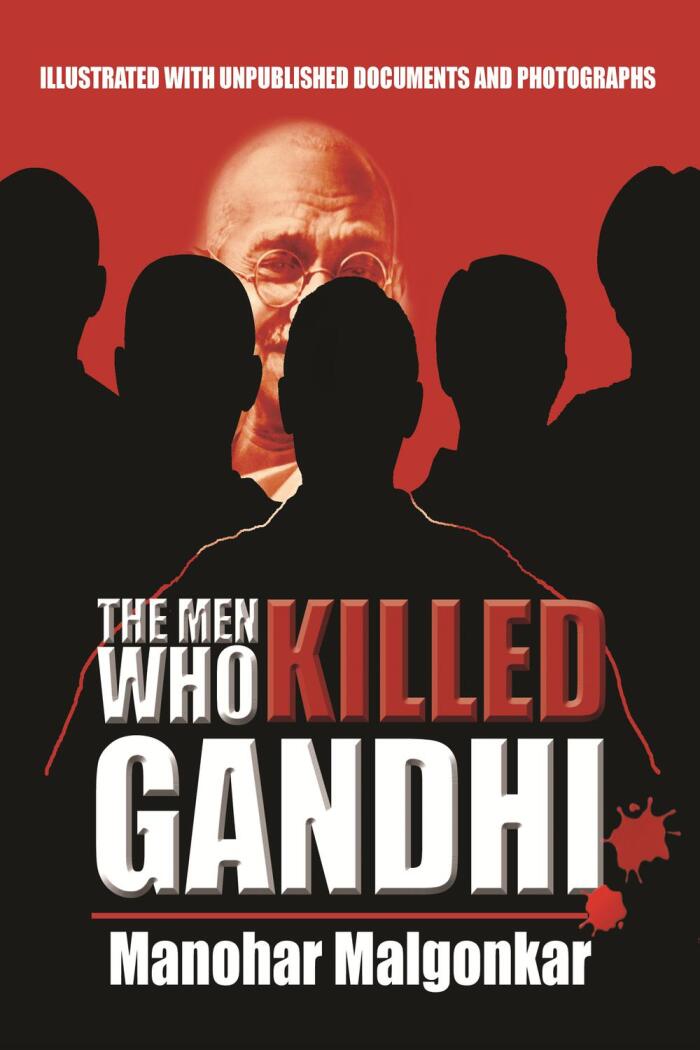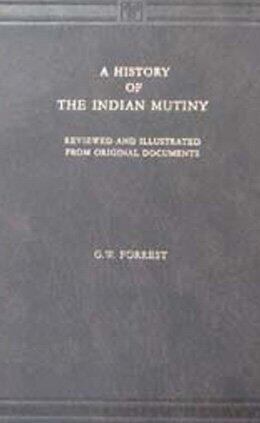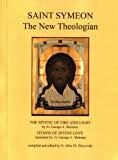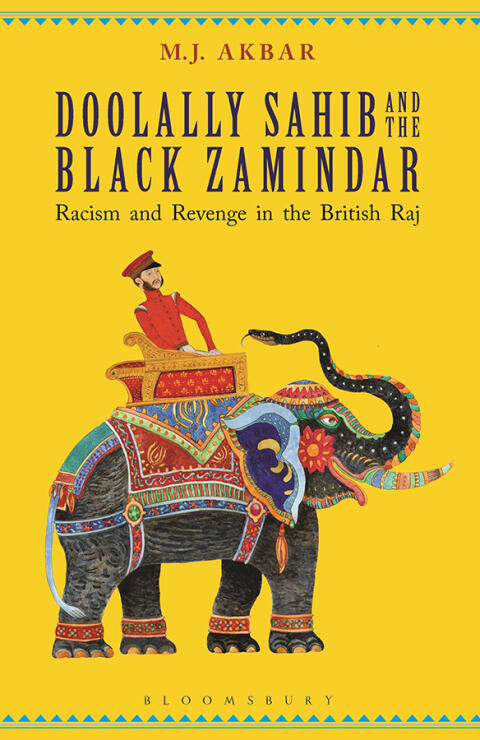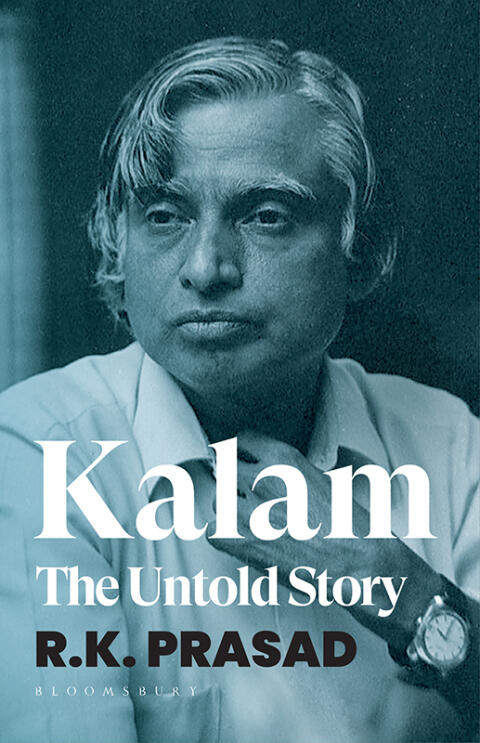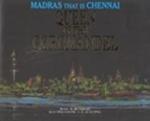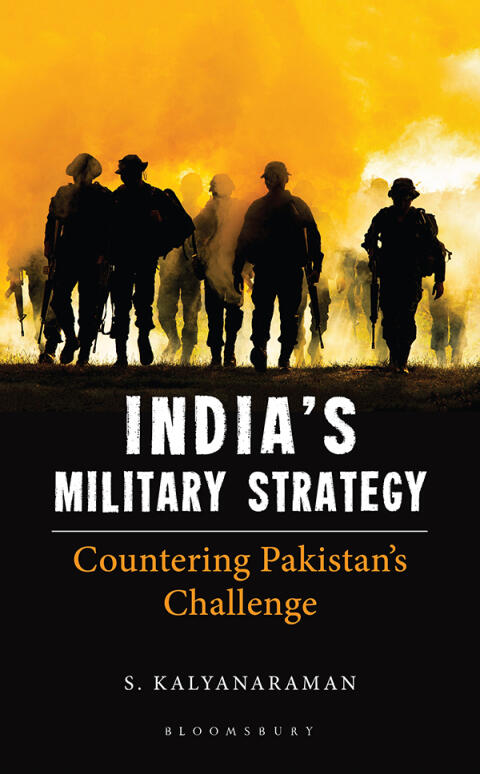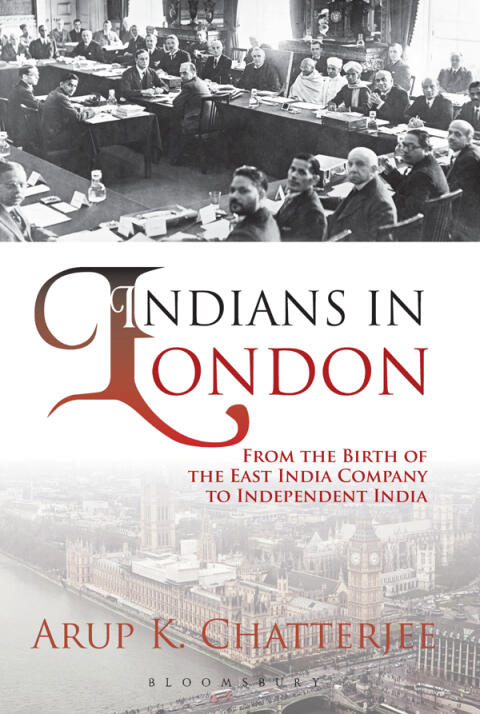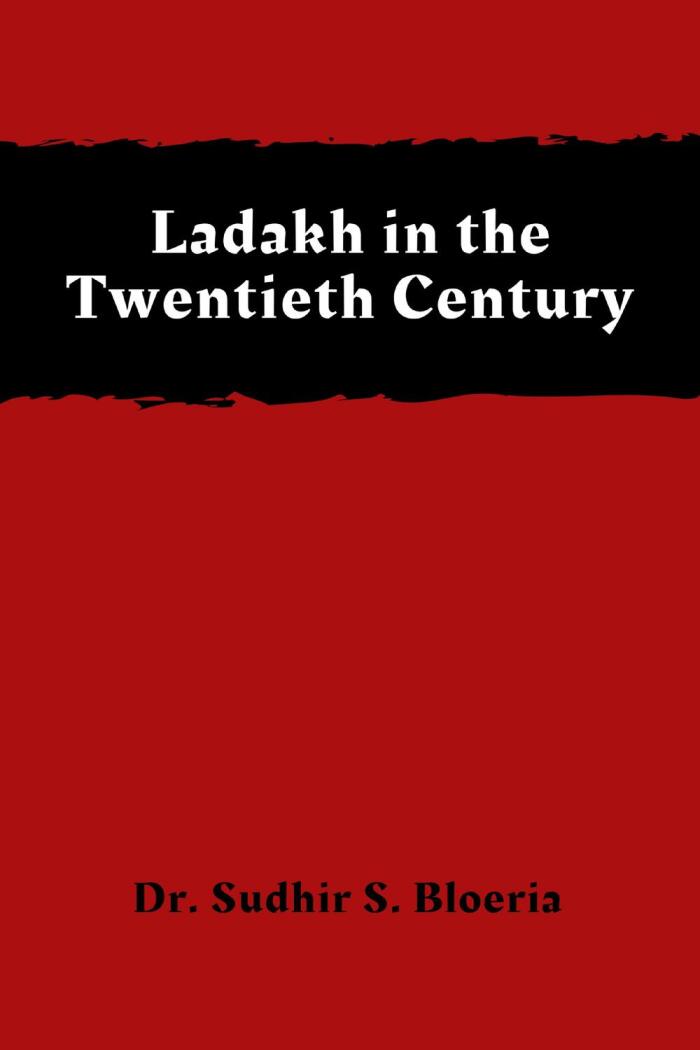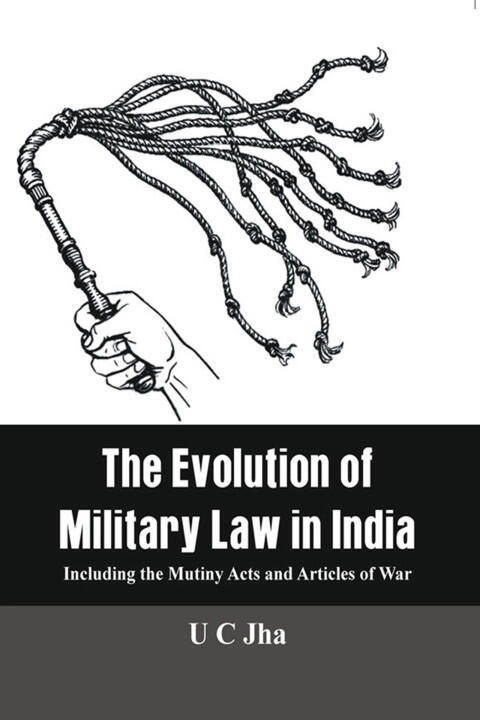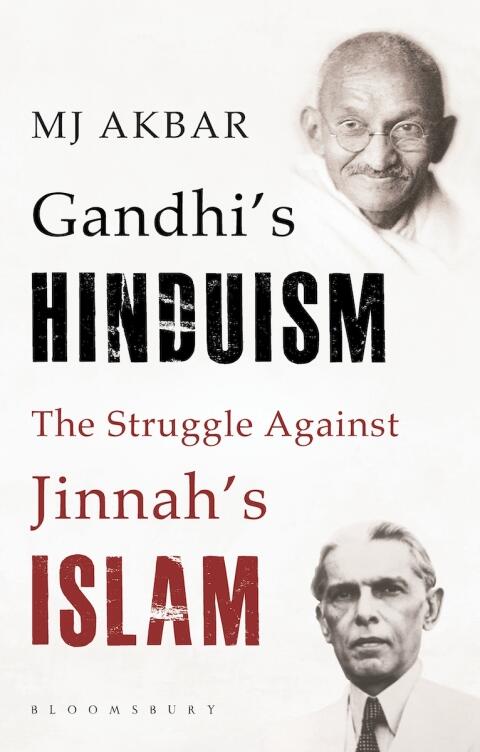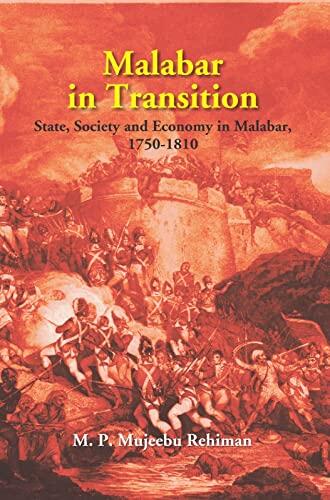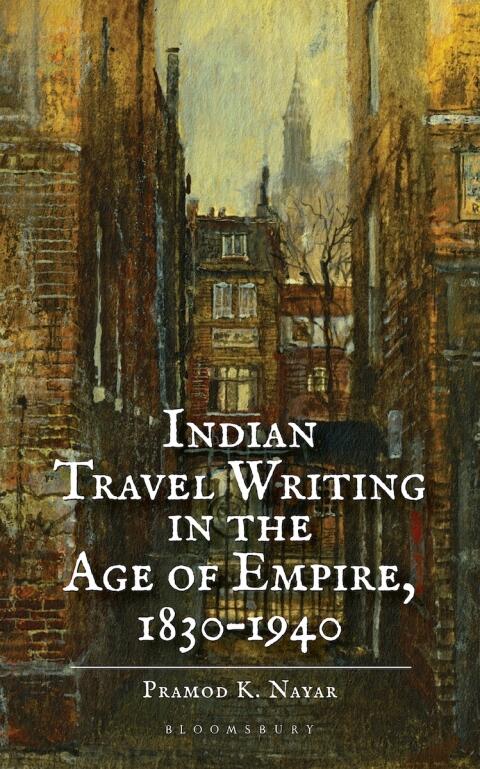
Indian Travel Writing in the Age of Empire: 1830–1940
によって
Pramod K. Nayar
まだ評価がありません
History
形式
キンドル
ページ数
298
言語
ヒンディー語
公開されました
Jan 1, 2020
出版社
Bloomsbury India
版
1
ISBN-10
9389000947
ISBN-13
9789389000948
説明
Pramod K. Nayar explores the rich and complex landscape of Indian travel writing during a pivotal period marked by colonial influence from 1830 to 1940. The book delves into the narratives crafted by Indian kings, explorers, and travelers, revealing their unique perspectives as they navigated both their cultural heritage and the encroachments of imperialism. Through these texts, Nayar illustrates the multifaceted interactions between India and the British Empire, shedding light on the intricacies of identity, culture, and resistance.
The author meticulously examines various travelogues, highlighting the voices that often went unheard in the dominant colonial discourse. Each narrative reflects personal and national experiences, weaving together themes of belonging, exploration, and confrontation with imperial ideologies. By focusing on these travel writers, Nayar uncovers how their journeys were not just physical but also deeply reflective of the socio-political transformations happening within their homeland.
Nayar's analysis goes beyond mere documentation; it invites readers to engage with the broader implications of these travel stories. The book serves as a vital reminder of the power of storytelling in shaping perceptions and challenging colonial narratives. The author also emphasizes the role of these writers in asserting their autonomy and crafting a counter-narrative to the often romanticized views of the British Empire.
Ultimately, this work is a significant contribution to the field of postcolonial studies, illustrating the ways in which Indian travelers redefined their experiences and identities against a backdrop of colonial domination. Through his insightful commentary, Nayar brings to light the enduring legacy of these narratives in understanding the complexities of India’s past and its journey towards independence.
The author meticulously examines various travelogues, highlighting the voices that often went unheard in the dominant colonial discourse. Each narrative reflects personal and national experiences, weaving together themes of belonging, exploration, and confrontation with imperial ideologies. By focusing on these travel writers, Nayar uncovers how their journeys were not just physical but also deeply reflective of the socio-political transformations happening within their homeland.
Nayar's analysis goes beyond mere documentation; it invites readers to engage with the broader implications of these travel stories. The book serves as a vital reminder of the power of storytelling in shaping perceptions and challenging colonial narratives. The author also emphasizes the role of these writers in asserting their autonomy and crafting a counter-narrative to the often romanticized views of the British Empire.
Ultimately, this work is a significant contribution to the field of postcolonial studies, illustrating the ways in which Indian travelers redefined their experiences and identities against a backdrop of colonial domination. Through his insightful commentary, Nayar brings to light the enduring legacy of these narratives in understanding the complexities of India’s past and its journey towards independence.



